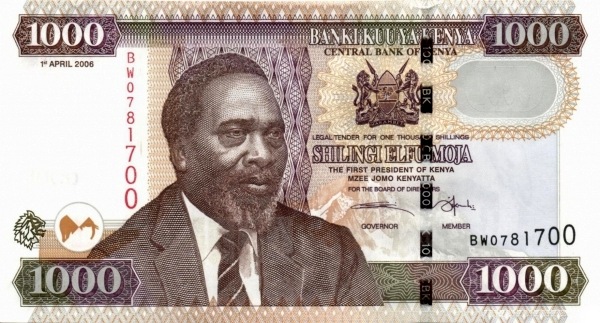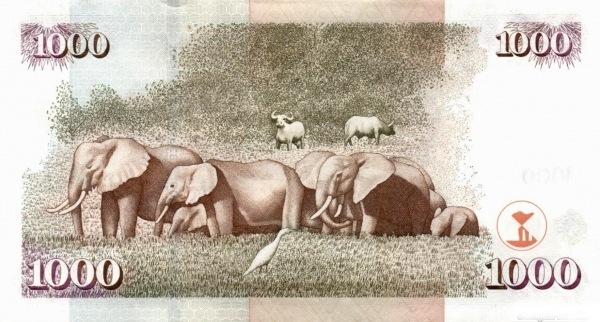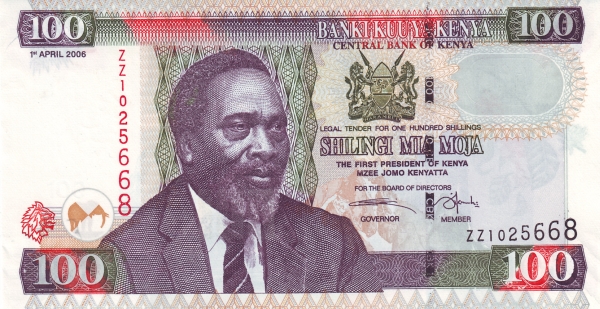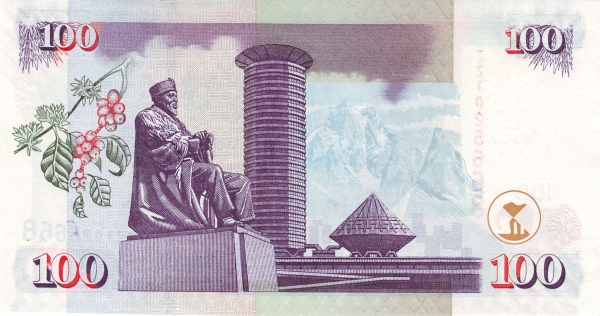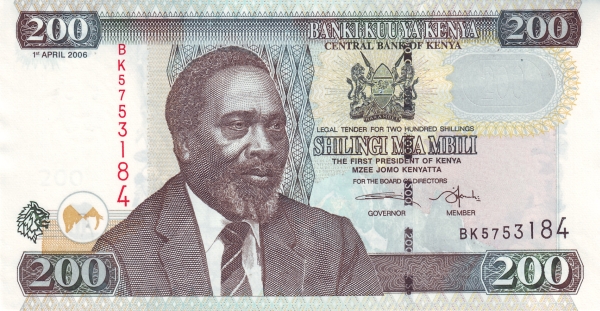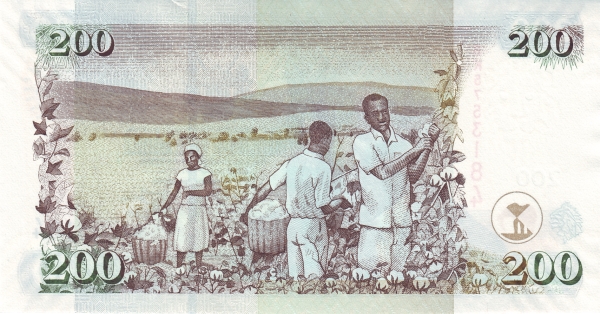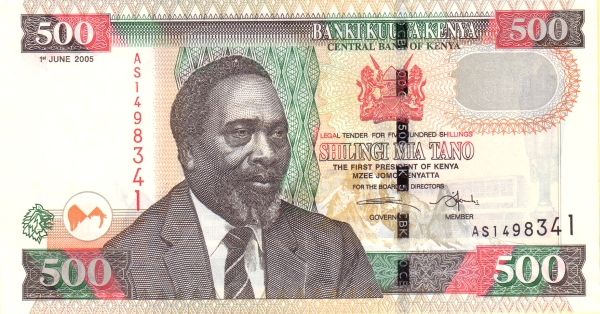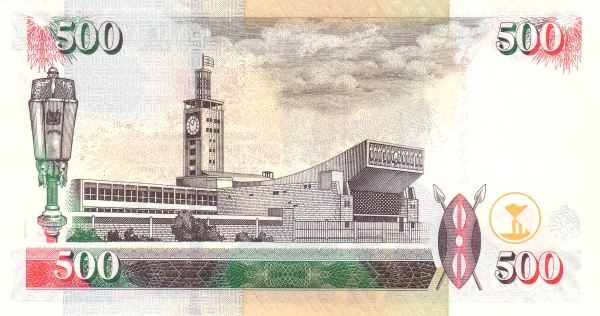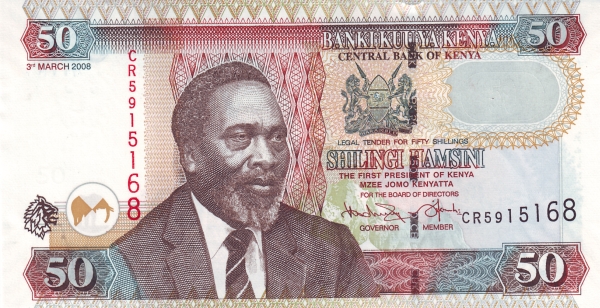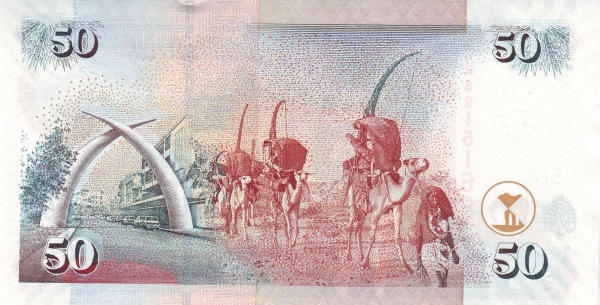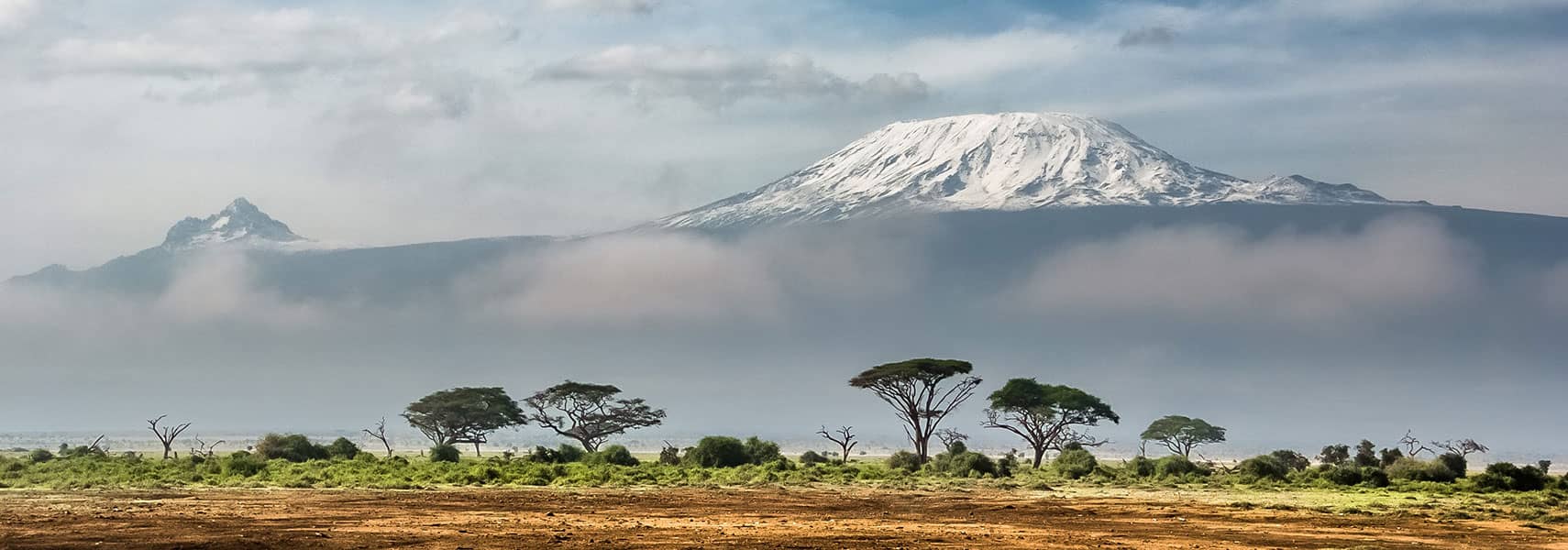Discovering the Rich Tapestry of Kenya
Kenya, a stunning nation situated in East Africa, boasts a diverse geography and a rich cultural heritage. Bordered by the Indian Ocean to the southeast, Kenya shares its frontiers with several countries including Ethiopia, Somalia, South Sudan, Tanzania, and Uganda. Covering an area of approximately 580,000 km², this remarkable country is slightly larger than Metropolitan France and more than twice the size of the U.S. state of Nevada. As the largest city and the national capital, Nairobi serves as a bustling metropolis, while Mombasa holds the title of the second-largest city and the principal port. With a population of around 52.4 million people as of 2024, various languages, including Swahili and English, reflect the nation’s rich tapestry. Moreover, indigenous languages such as Kikuyu and Luhya enhance the country’s linguistic diversity. Predominantly, 83% of the population practices Christianity, while 11% identifies as Muslim.
Historical Evolution of Kenya
From Independence to Modern Governance
Kenya's journey towards independence began with fervent leadership from Jomo Kenyatta, an iconic figure revered for his role in the liberation struggle. Kenyatta led the nation post-independence until his death in 1978. Following his tenure, Daniel Toroitich arap Moi ascended to power through a constitutional transition. During this era, Kenya largely functioned as a de facto one-party state from 1969 until 1982, as the Kenya African National Union (KANU) declared itself the sole legal party. However, by the late 1991, mounting internal and external pressure prompted Moi to consider political liberalization.
Despite the ethnically fragmented opposition, attempts to oust KANU from power during the elections of 1992 and 1997 proved challenging, with these elections marred by violence and allegations of fraud. Still, they reflected, to a degree, the true will of the Kenyan populace. Eventually, a significant political shift occurred in December 2002 when Moi stepped down after fair elections. Mwai Kibaki emerged victorious as the candidate of the diverse and unified National Rainbow Coalition, defeating Uhuru Kenyatta from KANU on a platform focused on combating corruption.
The Political Landscape Today
Today, Kenya operates as a republic, having gained independence from the United Kingdom on December 12, 1963. The government structure showcases the democratic evolution of a nation that continues to navigate the complexities of governance, aiming for inclusivity and stability amidst its diverse population.
The Geography of Kenya
Diverse Landscapes and Ecosystems
Geographically, Kenya features a stunning mix of coastal plains, highland plateaus, and expansive valleys. The nation lies strategically located in Eastern Africa, bordered by the Indian Ocean, while neighboring Somalia and Tanzania add to its strategic importance. The terrain presents a low coastal plain, which eventually transitions into majestic mountain ridges and plateaus that soar over 3,000 meters (9,000 feet) in the central regions. A crucial geological feature, the Great Rift Valley, bisects the country, leading towards arid plains in the north. Southward, mountain plains descend towards the picturesque shores of Lake Victoria, a serene backdrop to the vibrant life that flourishes around it.
Mount Kenya: A Natural Marvel
Among these geographical wonders, Mount Kenya stands as the highest peak, reaching an elevation of 5,199 meters. This snow-capped mountain, known in local dialect as Kirinyaga, not only attracts adventurous climbers but also supports a remarkable range of ecosystems and wildlife.
Climate Variability
Kenya showcases a remarkable variety of climate zones. The tropical conditions dominate the southern and central regions, offering lush landscapes ideal for agriculture. In stark contrast, the northern and northeastern areas experience arid and semi-arid conditions, challenging the inhabitants and wildlife that call these regions home.
The People of Kenya
A Mosaic of Cultures
The rich cultural diversity in Kenya is reflected in its people, known as Kenyans. With a population of 52.4 million, the nation hosts a myriad of ethnic groups. Among these, the Kikuyu, Luhya, Luo, Kalenjin, Kamba, Kisii, and Meru communities prevail, contributing to the richness of Kenyan culture. This ethnic tapestry represents over 40 local languages, alongside the official languages of English and Swahili.
Religious Diversity
Religion plays a significant role in the lives of many Kenyans. Protestant and Roman Catholic denominations represent the majority, encompassing around 70% of the population. Meanwhile, Islam holds a notable presence with approximately 20% following the faith, alongside indigenous beliefs that resonate with many communities.
The Literacy Landscape
Education remains crucial to Kenya's development. The literacy rate has seen improvements, with around 59% of the population being literate in English. Consequently, numerous educational initiatives work tirelessly to enhance educational access and quality for all Kenyans.
Natural Resources and Economical Advantages
Wealth of Natural Resources
Kenya's abundant natural resources greatly contribute to its economy. Renowned worldwide for its wildlife, the nation attracts numerous tourists eager to witness its majestic landscapes and game reserves. Additionally, fertile land supports the agricultural sector, which thrives with products like tea, coffee, sugarcane, and various horticultural items.
Industrial Growth
Kenya's industrial base, although small in scale, supports diverse sectors. Industries such as the production of consumer goods, agricultural processing, oil refining, and cement production play pivotal roles in the economy. Moreover, the tourism sector stands out, drawing visitors worldwide and significantly bolstering foreign exchange earnings.
Trade and Economic Partners
Export and Import Dynamics
When it comes to trade, Kenya exports a variety of commodities, most notably tea, horticultural products, coffee, and petroleum. The primary partners for exports include the USA, Uganda, Pakistan, the Netherlands, and Rwanda. In terms of imports, the nation relies on goods such as machinery, transportation equipment, petroleum products, and motor vehicles, showcasing its integration within the global market.
Kenya in the Global Economy
As Kenya continues to position itself as a significant player in the Eastern African region, its strategic initiatives help drive growth and development. Government efforts aimed at fostering a stable business environment create opportunities for both local and international investors.
An Inviting Destination
The blend of rich history, diverse landscapes, multicultural population, and robust economic activities distinctly outlines Kenya as an inviting destination. As visitors explore the captivating land, they experience first-hand the warmth of its people and the vibrancy of its heritage. From pristine beaches along the coast to the breathtaking wildlife in national parks, Kenya holds promise for every kind of traveler, ensuring memorable experiences that last a lifetime.
Largest cities of: Kenya
| City Name | Population | Year of foundation | |
| Nairobi | 4,397,073 | 1899 | |
| Mombasa | 1,208,333 | circa 900 | |
| Nakuru | 570,000 | 1900 | |
| Kisumu | 409,000 | 1901 | |
| Eldoret | 289,000 | 1900 | |
| Garissa | 171,000 | 1920 | |
| Malindi | 130,000 | 1498 | |
| Lamu | 25,000 | circa 900 |
Kenya: Money
